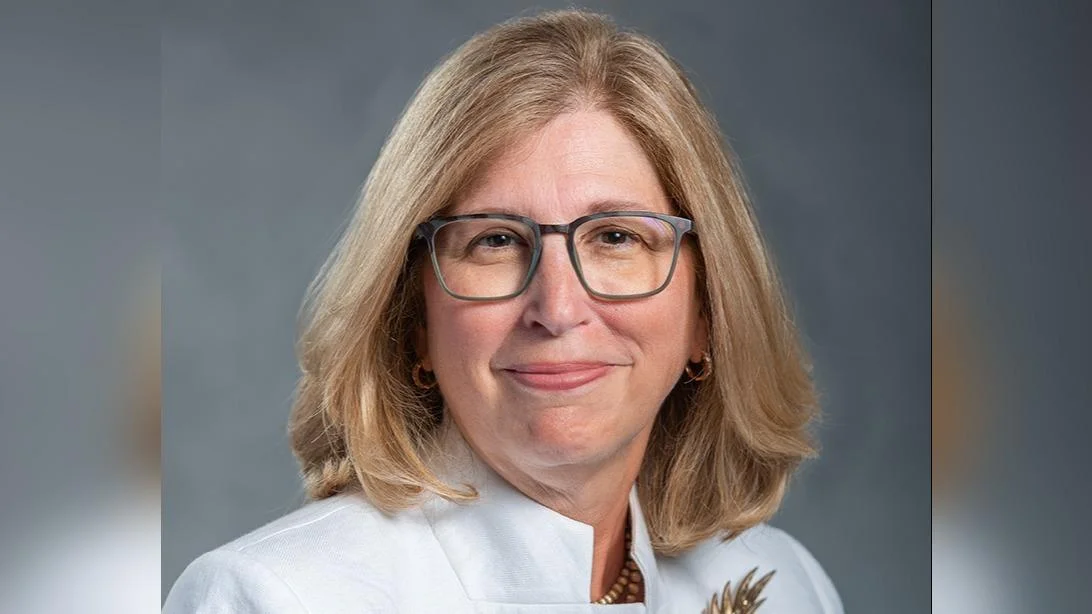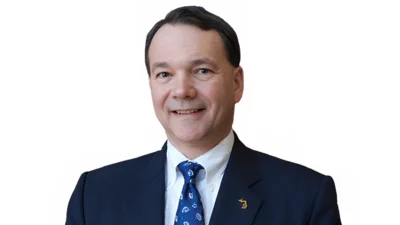Interim President Teresa K. Woodruff, Ph.D. | Michigan State University
Interim President Teresa K. Woodruff, Ph.D. | Michigan State University
NASA's Chandra X-ray Observatory played a crucial role in new research conducted by Michigan State University, allowing the observation of X-rays from a black hole. According to Stephen DiKerby, a physics and astronomy research associate at the College of Natural Science, "Every large galaxy has a supermassive black hole, but the exact nature of the relationship between the two is still mysterious." He continued, "After analyzing data [from the Chandra telescope], I had a chill, because I realized I was looking at the X-rays from a supermassive black hole flicker on and off."
Black holes, described as powerful objects with immense gravitational pull and a mystifying presence, are opportunities for profound studies in physics and astronomy. Material close to these supermassive entities can reach high temperatures, emitting X-rays that telescopes like Chandra are well-suited to monitor.
DiKerby, as part of the IceCube Neutrino Observatory, used 15 years of X-ray data from Chandra to uncover activity from the supermassive black hole in the Andromeda galaxy, identified as M31*. Observations indicated that M31* has experienced heightened activity since 2006, including significant X-ray flares in 2006 and 2013.
"Chandra has such fine spatial resolution that it can pick apart the X-ray emission from M31* from three other X-ray sources that crowd around it in the core of Andromeda. It’s the only telescope that can do this," DiKerby noted.
The data's richness offers a deeper understanding of the interaction between galaxies and their central black holes. Through this research, the team aims to inspire continued data analysis from M31*. The Chandra telescope remains essential for such studies, as DiKerby emphasized, "If Chandra is turned off, the resource to do these fine resolution observations would go away forever."
DiKerby is hopeful that the Chandra telescope will be maintained while efforts towards developing future telescopes proceed. He concluded, "I want us to keep watching the system, to keep watching these flares, and to continue to write the history of super massive black holes."





 Alerts Sign-up
Alerts Sign-up